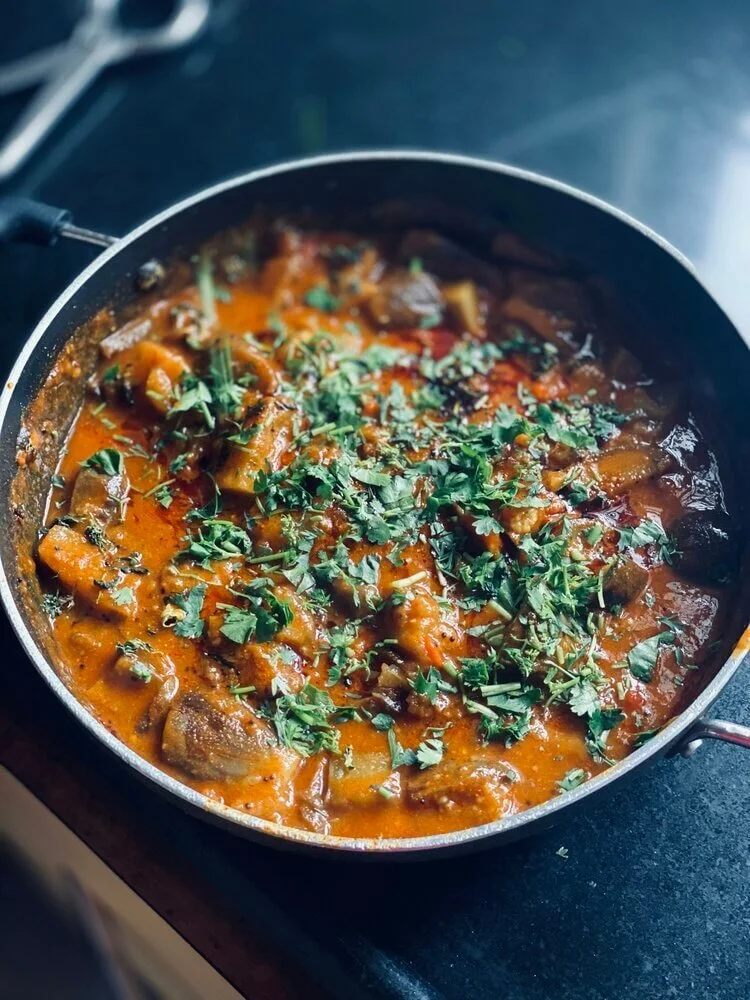Describing a recipe's flavor profile provides an understanding of the taste experience a dish is intended to deliver.
The term "flavor profile" encompasses the combination of various flavors, including sweet, salty, sour, bitter, umami, and other taste elements.
Understanding Flavor Profiles
The term "flavor profile" refers to a dish or recipe's overall taste characteristics and sensory attributes. It encompasses the combination and balance of various flavors, including sweet, salty, sour, bitter, umami, and other taste elements, as well as aromas and textures. Describing a recipe's flavor profile provides an understanding of the taste experience a dish is intended to deliver.
Key Components of a Flavor Profile
Primary Flavors
A sweet and tangy barbecue sauce might have primary sweet and acidic flavors.
The dominant tastes that define the dish. For example, a sweet and tangy barbecue sauce might have primary sweet and acidic flavors.
Secondary Flavors
Supporting tastes that complement and enhance the primary flavors. These could include savory or umami notes and herbal or spicy elements.
Balance
Achieving a harmonious distribution of flavors so that no single taste overwhelms the others. A well-balanced flavor profile ensures a pleasant and satisfying eating experience.
Complexity
The depth and richness of the overall taste are often achieved by combining diverse ingredients that contribute layers of flavor.
Aromas
The scents and fragrances associated with the dish contribute to the overall flavor perception.
Textural Elements
The mouthfeel of the dish includes factors like crunchiness, creaminess, and tenderness.
The mouthfeel of the dish, including factors like crunchiness, creaminess, or tenderness, adds to the overall sensory experience.
Ethnic Cuisine Flavor Profiles
When chefs discuss a recipe's flavor profile, they analyze and articulate the unique combination of tastes, aromas, and textures that make the dish distinctive. This understanding helps in both the creation and appreciation of well-crafted and delicious recipes.
The use of cilantro, cumin, and coriander is common in many dishes of Indian cuisine.
When describing ethnic cuisine, the term "flavor profile" is used to capture the distinctive combination of flavors, spices, and ingredients that are characteristic of a particular cultural or regional culinary tradition. Each ethnic cuisine has its unique flavor profile set that reflects the history, geography, and cultural influences of the people who developed it. Here's how the term is applied in this context:
Signature Ingredients and Spices
Ethnic cuisines often have signature ingredients and spices that contribute to their distinct flavor profiles. For example, the use of cilantro, cumin, and coriander is common in many dishes of Indian cuisine, creating a flavor profile that is easily recognizable.
Balance of Tastes
The balance of sweet, salty, sour, bitter, and umami flavors varies across different ethnic cuisines. For instance, Thai cuisine is known for its balance of sweet, sour, salty, and spicy flavors in dishes like Tom Yum soup.
Cooking Techniques
The cooking techniques employed in a particular cuisine also influence its flavor profile. Grilling, slow cooking, frying, or using a clay oven can impart specific tastes and textures to the dishes.
Regional Variations
Northern Italian Cuisine differs regionally from Southern Italian because of variations in climate, culture, and local traditions.
Within a broader ethnic cuisine, there are often regional variations in flavor profiles. For example, Northern Italian cuisine's flavor profile may differ from Southern Italian cuisine's due to variations in climate, agriculture, and local traditions.
Aromatics and Herbs
Aromatics and herbs play a significant role in defining the flavor profile. Herbs like basil, mint, or lemongrass are commonly used in Southeast Asian cuisines, contributing to their unique and fresh flavor profiles.
Texture and Mouthfeel
The desired texture and mouthfeel of dishes, whether it's the tenderness of meats, the crunch of vegetables, or the creaminess of sauces, contribute to the overall flavor experience.
Conclusion
Understanding the flavor profile of ethnic cuisine allows chefs to appreciate the nuances and complexities of different culinary traditions. It also helps in creating authentic dishes that capture the essence of a specific culture's culinary heritage.






